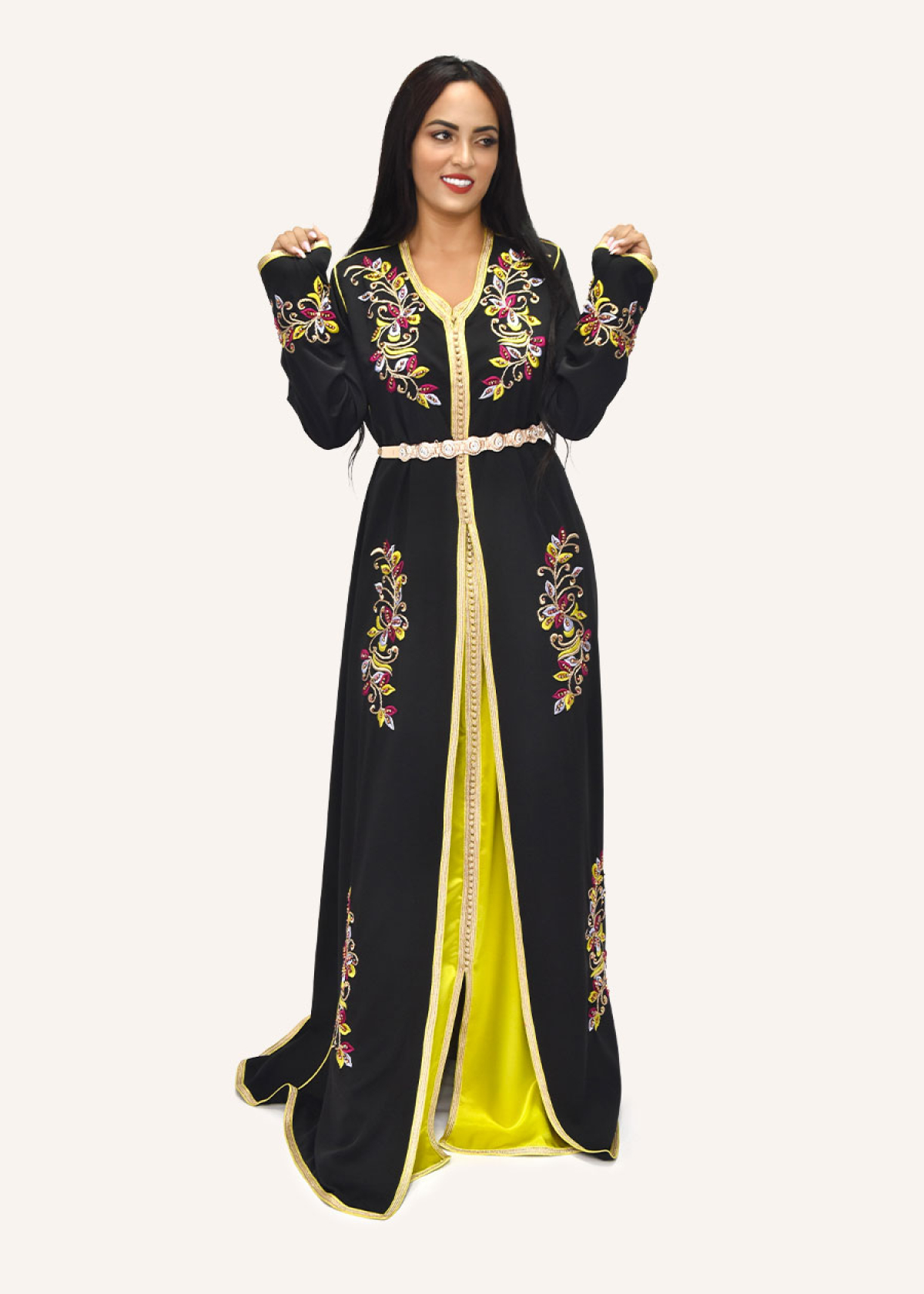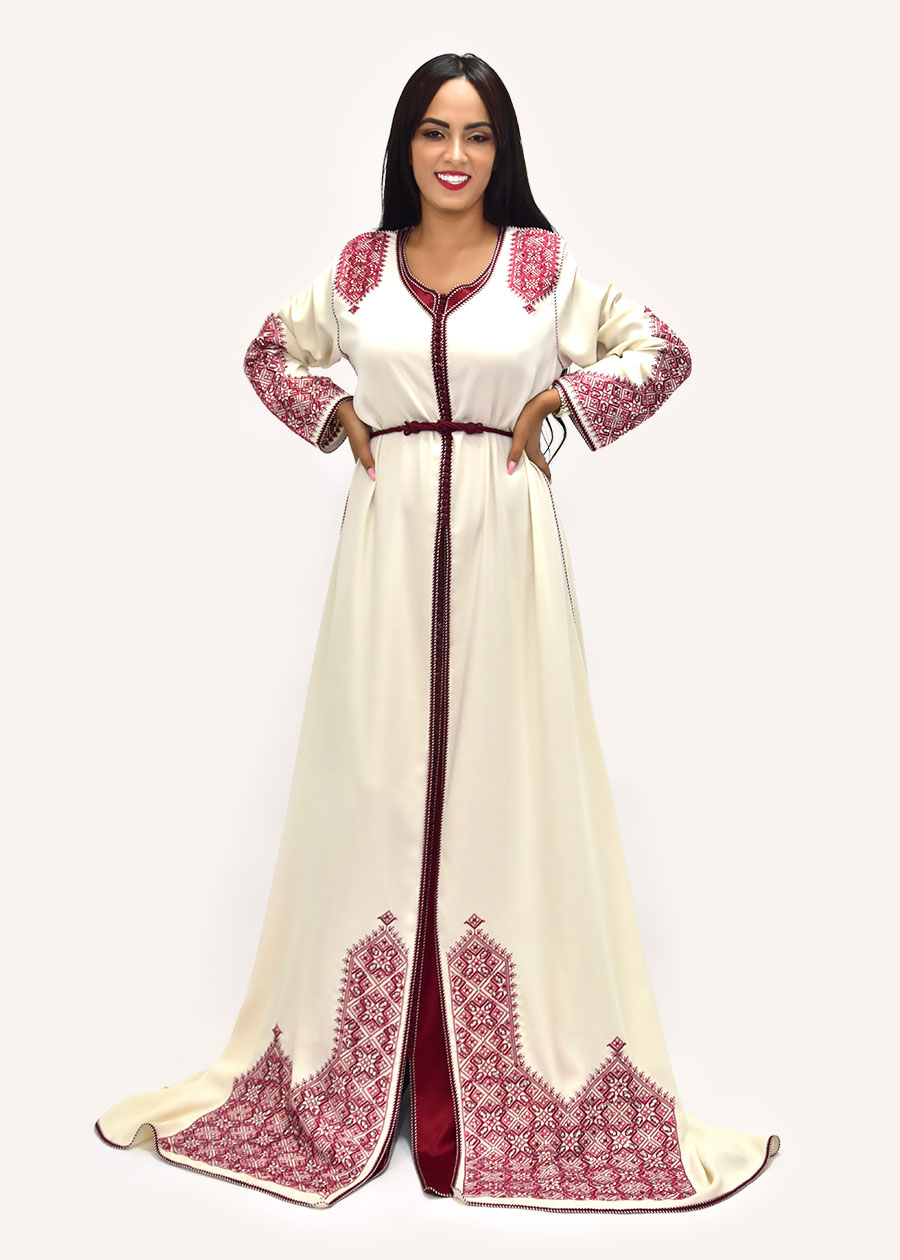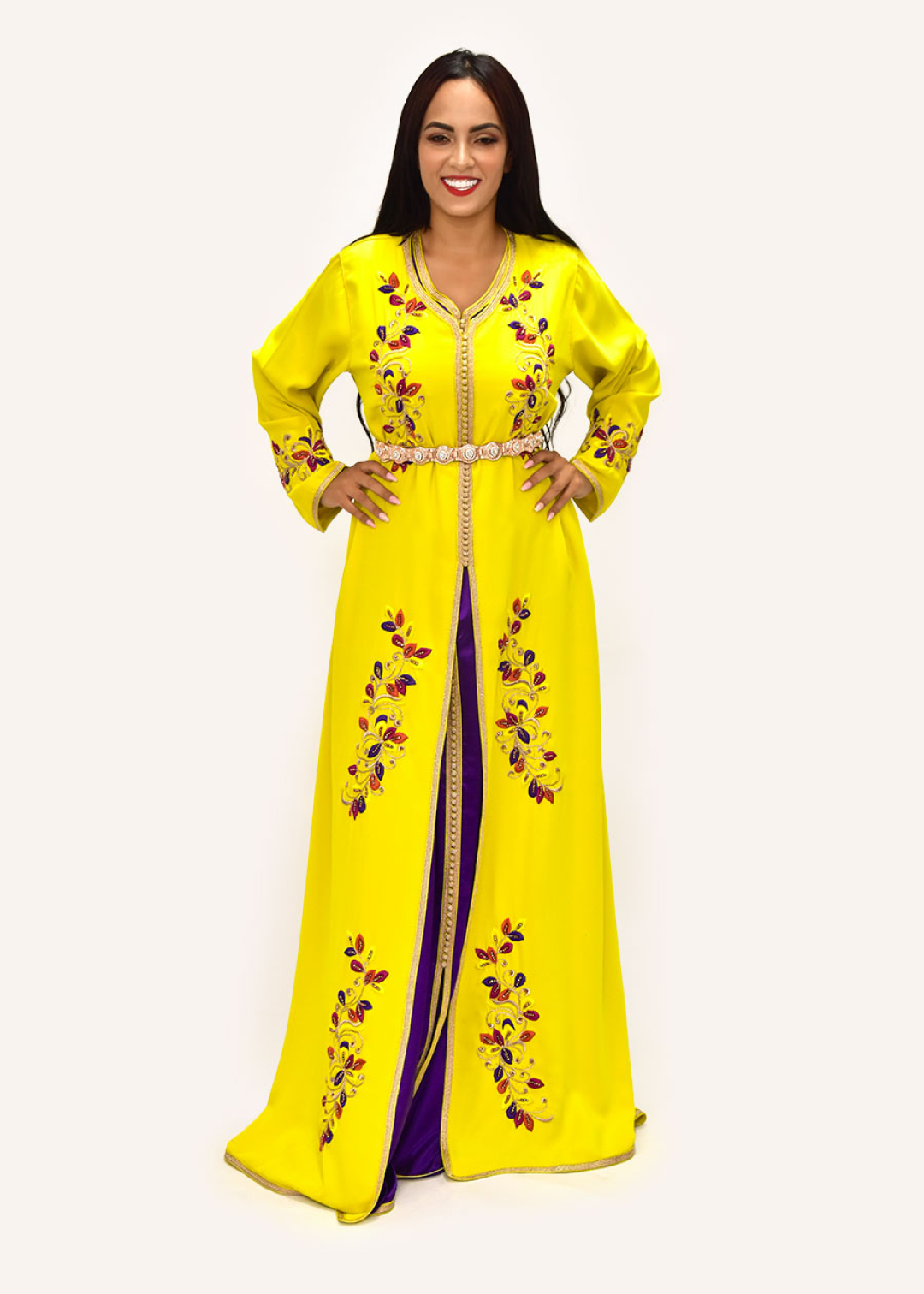Discover the Beauty of Moroccan Takchita
As a passionate designer and creator of Moroccan Takchita, I am excited to share with you the elegance and uniqueness of these traditional Moroccan garments. Handmade and custom-made, each Takchita is a work of art that showcases the rich culture and heritage of Morocco. In this article, I will delve into the history, design, and significance of Moroccan Takchita, as well as the process of creating a custom piece for you.
Originating from the vibrant city of Casablanca, Moroccan Takchita is a traditional attire worn by women during special occasions and celebrations. These garments are known for their intricate embroidery, luxurious fabrics, and exquisite craftsmanship. With a blend of modern and traditional elements, Moroccan Takchita is a perfect representation of the country’s diverse and rich culture.
The History and Significance of Moroccan Takchita
The Moroccan Takchita has a long and storied history, dating back to the time of the Moors in North Africa. The garment has evolved over the centuries, incorporating various influences from different cultures and regions. Today, the Takchita is a symbol of Moroccan identity and pride, worn by women to showcase their heritage and personal style.
Traditionally, Moroccan Takchita is worn during special events such as weddings, festivals, and other celebrations. The attire is designed to be both elegant and comfortable, allowing the wearer to move freely while still looking their best. The vibrant colors and intricate patterns of the Takchita are a reflection of the joy and festivity of these occasions.
Design Elements of Moroccan Takchita
Each Moroccan Takchita is a unique creation, featuring a combination of traditional and contemporary design elements. Some of the key features of a Takchita include:
- Fabrics: Luxurious materials such as silk, velvet, and brocade are commonly used to create the Takchita. These fabrics not only provide a rich and opulent appearance but also ensure comfort and durability.
- Embroidery: Intricate embroidery is a hallmark of Moroccan Takchita, with designs often featuring geometric patterns, floral motifs, and other traditional symbols. The embroidery is typically done using metallic threads, adding a touch of glamour and sophistication to the garment.
- Colors: Moroccan Takchita is known for its vibrant and bold color combinations, which can range from rich jewel tones to soft pastels. The choice of colors often reflects the wearer’s personality and preferences, as well as the specific occasion for which the Takchita is being worn.
In addition to these design elements, Moroccan Takchita often includes accessories such as belts, headpieces, and jewelry, which serve to enhance the overall look and feel of the attire.
Creating a Custom-Made Moroccan Takchita
As a designer and creator of handmade Moroccan Takchita, I take great pride in crafting unique and beautiful garments that are tailored to the individual needs and preferences of my clients. The process of creating a custom-made Takchita involves several steps:
1. Consultation: During the initial consultation, we will discuss your vision for the Takchita, including your preferred colors, fabrics, and design elements. This is an opportunity for us to get to know each other and ensure that the final product will be a true reflection of your personal style and taste.
2. Design: Based on our consultation, I will create a detailed sketch of the Takchita, incorporating your chosen elements and any additional suggestions or ideas that may arise during the design process. Once the sketch is complete, we will review it together and make any necessary adjustments before moving on to the next step.
3. Construction: With the design finalized, I will begin the process of constructing your custom-made Moroccan Takchita. This involves selecting the appropriate fabrics, embroidering the intricate patterns, and assembling the various components of the garment. Throughout this process, I will maintain close communication with you to ensure that the Takchita is progressing according to your expectations.
4. Fitting: Once the Takchita is complete, we will schedule a fitting to ensure that the garment fits you perfectly and any necessary adjustments can be made. This is the final step in the process, after which you will be able to take home your beautiful, one-of-a-kind Moroccan Takchita.
Experience the Elegance of Moroccan Takchita
Whether you are attending a special event or simply wish to celebrate your Moroccan heritage, a custom-made Takchita is the perfect way to showcase your unique style and personality. With a focus on quality craftsmanship and attention to detail, I am committed to creating a garment that you will cherish for years to come. I invite you to experience the beauty and elegance of Moroccan Takchita for yourself.






